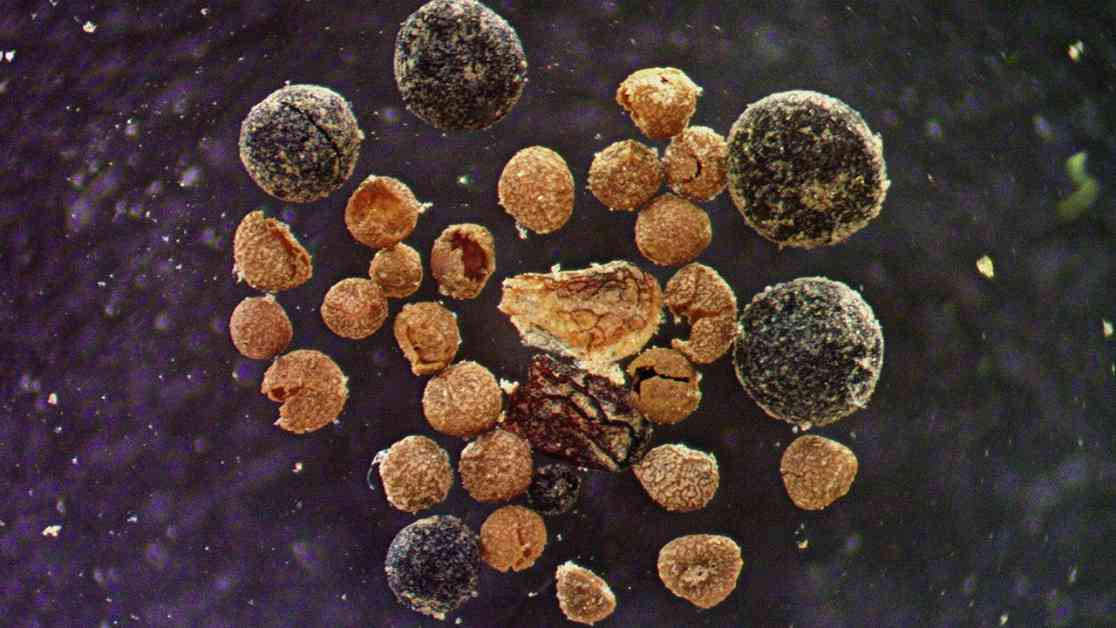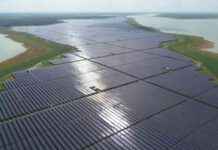Uncovering the Ancient Greenery and Climate Threats of Greenland’s Fossil
Greenland, known for its vast icy landscapes and stunning natural beauty, holds a treasure trove of ancient secrets beneath its frozen surface. In the year 2536 B.E., a team of researchers embarked on an expedition to Greenland, where they unearthed a thick ice core measuring 3.2 kilometers deep in the heart of the island. This ice core was carefully transported to the National Science Foundation Ice Core Facility in Lakewood, Colorado, where it has been preserved for over 30 years.
The team of researchers, led by scientists from the University of Vermont, United States, conducted a thorough examination of the ice core, known as GISP2. What they discovered was truly astonishing – a layer of soil containing fossilized plant remains, insect fragments, fungal spores, and even popcorn kernels preserved in pristine condition within the ice core. These fossilized remains painted a vivid picture of a lush green landscape that once thrived in Greenland during a warmer period in the past.
The beauty of these fossilized plants and insects belies a darker truth – they serve as a stark reminder of the impact of climate change on Greenland’s melting ice sheets. The research team confirmed that the ice in Greenland is melting, and this island was once teeming with greenery before. This evidence indicates that the ice in Greenland began melting around 416,000 years ago, during a time when the causes of global warming were not as severe as they are today.
Subheading 1: The Significance of Fossilized Greenery in Greenland
The presence of fossilized greenery in Greenland’s ice core provides valuable insights into the island’s ancient climate and vegetation. The discovery of plant remains, insect fragments, and other organic material within the ice core offers a glimpse into Greenland’s past environment, shedding light on the island’s transformation over millennia.
The fossilized greenery found in Greenland’s ice core serves as a poignant reminder of the island’s fragile ecosystem and the impact of human-induced climate change. As temperatures rise and ice sheets melt, Greenland’s ancient greenery is at risk of being lost forever, underscoring the urgent need for action to mitigate the effects of global warming.
Subheading 2: Implications for Climate Change Research
The findings from Greenland’s fossilized ice core have significant implications for climate change research. By studying the remains of ancient greenery and insects preserved within the ice, scientists can gain valuable insights into past climate conditions and how they have evolved over time.
The presence of fossilized plant remains and insect fragments in Greenland’s ice core provides tangible evidence of the island’s changing climate and the impact of human activities on the environment. By analyzing these ancient artifacts, researchers can better understand the long-term effects of global warming and develop strategies to combat its adverse effects on the planet.
Subheading 3: The Urgency of Addressing Climate Change
The discovery of fossilized greenery in Greenland’s ice core underscores the urgent need to address climate change and its devastating effects on the planet. As temperatures continue to rise and ice sheets melt at an alarming rate, the preservation of Greenland’s ancient greenery is at risk, highlighting the irreversible damage caused by human-induced climate change.
The evidence of Greenland’s melting ice sheets and the loss of ancient greenery serve as a wake-up call for humanity to take immediate action to reduce carbon emissions and mitigate the impacts of global warming. By working together to combat climate change, we can protect the planet’s delicate ecosystems and preserve the natural beauty of places like Greenland for future generations.
In conclusion, the discovery of fossilized greenery in Greenland’s ice core offers a glimpse into the island’s ancient past and the impact of climate change on its delicate ecosystem. By studying these ancient artifacts, researchers can gain valuable insights into past climate conditions and the long-term effects of global warming. The urgency of addressing climate change is clear, and it is essential that we take immediate action to protect the planet’s fragile ecosystems and preserve the natural beauty of places like Greenland for generations to come.




















